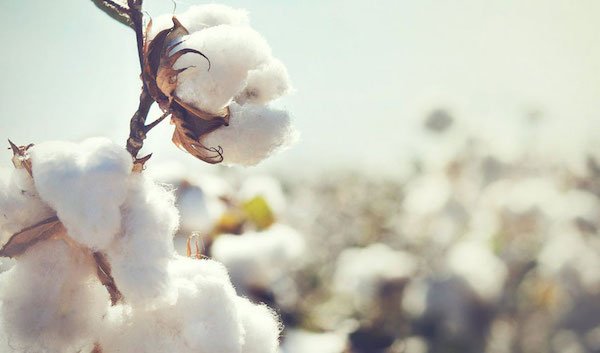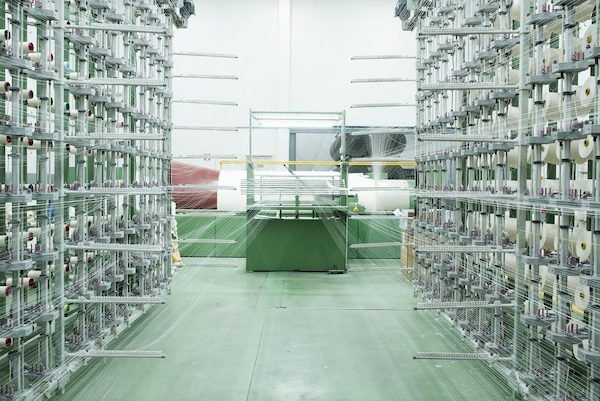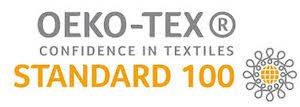TEXTILE PRODUCTION
TEXTILE PRODUCTION
For the second installment of our Sustainability + Interiors series, we’re covering textile production. Textiles are used everywhere in interiors - from chairs and sofas to rugs, napkins, and drapery. We also wear them on our skin everyday, but what exactly goes into textile production?
The textile production industry is one of the most complex, chemically intensive, and polluting industries on earth. It’s responsible for an estimated 20% of the pollution of our rivers and lands. Chemicals are used to extract petroleum, which is made into synthetic fibers such as nylon, acrylic, and polyester. Chemicals are also used to transform natural fibers along every step of the manufacturing process: fibers are washed, sized, desized, bleached, dyed, treated with detergents, optical brighteners, biocides, wetting agents, lubricants, stabilizers, emulsifiers, and more…
Chemicals are used throughout the traditional textile manufacturing process (image source)
Not only do the chemicals often escape into the water or air during the manufacturing process, they are also absorbed by our bodies through the air or skin. Some of the chemicals often used in textile processing and found in the finished product include leads, phthalates, formaldehyde, and perfluorocarbons or PFC’s. There are published studies linking chemicals found in textiles to human health issues such as infertility, autoimmune diseases, cancers, asthma, and others.
Then there is the waste - every year, more than 15 million tons of textile waste is produced in the United States alone. Of this amount, 2.62 million tons were recycled, 3.14 million tons were combusted for energy recovery, and 10.46 million tons were sent to the landfill. Yet nearly 100% of textiles and clothing are recyclable.
If minimizing chemicals is a priority for you, then there’s a couple third party certifications that can provide assurance as to the sustainability of the fabric.
Oeko-Tex has a range of certifications that cover harmful substances and/or sustainable and socially responsible conditions.
Both the MADE IN GREEN and STANDARD 100 labels prohibit a lengthy list of chemicals which are known or suspected to harm health, and fabrics are required to have a skin friendly pH. (A non-skin friendly pH can cause stresses that leave you vulnerable to bacteria, moisture loss, and irritation.)
Only the MADE IN GREEN label addresses anything related to sustainable and socially responsible conditions.
Global Organic Textile Standard
GOTS certification ensures organic status of textiles from harvesting of the raw materials, through environmentally and socially responsible manufacturing up to labelling.
It requires 95% of fibers be certified organic, no harmful chemicals during any stage of the textile production process, and various criteria for processing and manufacturing, and labor management.
To get you started, here’s a few of our favorite companies that provide Oeko-Tex and GOTS certified textiles:
Parachute - all bedding, bath, and tabletop products are Oeko-Tex certified
Snowe - all textiles are Oeko-Tex certified
Two Sisters Ecotextiles - all fabrics are either GOTS are Oeko-Tex certified
References:
https://www.nrdc.org/issues/encourage-textile-manufacturers-reduce-pollution
https://www.thebalancesmb.com/textile-recycling-facts-and-figures-2878122
https://www.twosistersecotextiles.com/pages/so-what-chemicals-are-used-in-textile-processing-that-are-supposed-to-be-so-bad-for-us
https://www.twosistersecotextiles.com/pages/why-do-you-say-your-fabrics-are-safe-what-do-you-mean-by-safe





